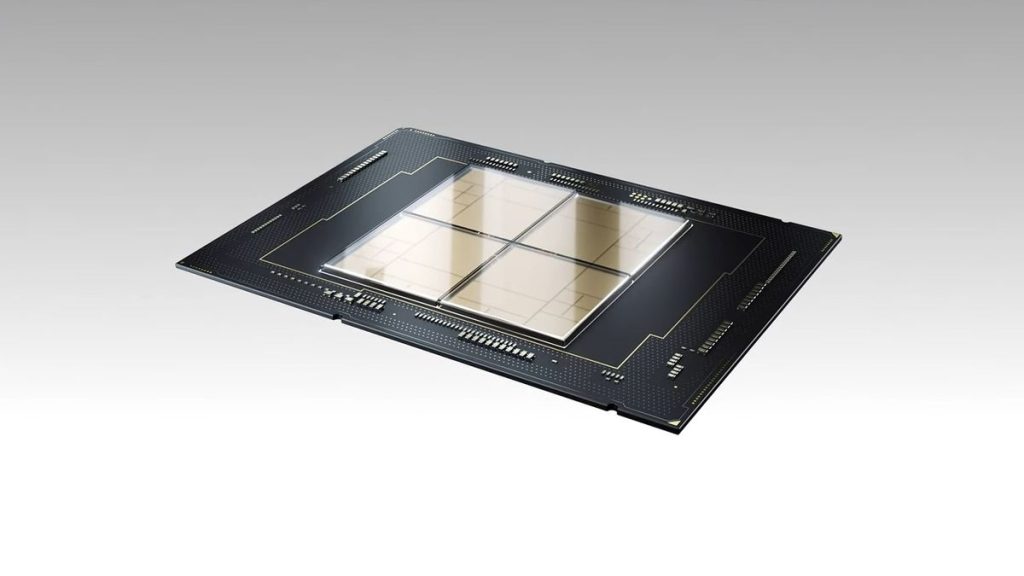Differences in application of sapphire wafers with different crystal orientations

Sapphire is a single crystal of aluminum oxide. It has a trigonal crystal system and a hexagonal structure. Its crystal structure is composed of three oxygen atoms and two aluminum atoms combined by covalent bonds. It is arranged very tightly and has strong binding chains and It has high lattice energy and almost no impurities or defects inside the crystal, so it has excellent electrical insulation, transparency, good thermal conductivity and high rigidity properties, and is widely used as optical windows and high-performance substrate materials. However, the molecular structure of sapphire is complex and anisotropic. The processing and use of different crystal orientations have very different effects on the corresponding physical properties, so the uses are also different. Generally speaking, sapphire substrates are available in C, R, A and M plane orientations.
Application of C-side sapphire
As a third-generation wide-bandgap semiconductor, gallium nitride (GaN) material has properties such as wide direct band gap, strong atomic bonds, high thermal conductivity, good chemical stability (almost not corroded by any acid) and strong With excellent radiation resistance, it has broad prospects in the application of optoelectronics, high-temperature high-power devices and high-frequency microwave devices. However, due to the high melting point of GaN, it is currently difficult to obtain large-sized single crystal materials. Therefore, a common method is to perform heteroepitaxial growth on other substrates, which has higher requirements for substrate materials.
Application of A-side sapphire
Due to its excellent comprehensive properties, especially its excellent transmittance, sapphire single crystal can enhance the penetration effect of infrared rays, making it an ideal mid-infrared window material and has been widely used in military optoelectronic equipment. Among them, the A-side sapphire is the surface in the normal direction of the polar surface (C-side) and is a non-polar surface. Generally, the quality of sapphire crystals grown in the a direction is better than that of crystals grown in the c direction. It has fewer dislocations, less mosaic structures and a more complete crystal structure, etc., so it has better light transmission performance. At the same time, due to the A surface The atomic bonding method of Al-O-Al-O makes the hardness and wear resistance of a-direction sapphire significantly higher than that of c-direction. Therefore, A-direction wafers are mostly used as window materials; in addition, A-direction sapphire It also has uniform dielectric constant and high insulation properties, so it can be used in hybrid microelectronics technology and can also be used for the growth of high superconductors.
Application of R-surface/M-surface sapphire
The R plane is the non-polar plane of sapphire. Therefore, changes in the position of the R plane in sapphire devices give it different mechanical, thermal, electrical and optical properties. Generally speaking, R-plane sapphire substrates are preferred for heteroepitaxial deposition of silicon, mainly for the manufacture of semiconductor, microwave and microelectronic integrated circuit applications. R-type substrate growth can also be used. With the current popularity of smartphones and tablet computer systems, R-surface sapphire substrates have replaced existing compound SAW devices used in smartphones and tablet computers, providing a device substrate that can improve performance.
In addition, when the R-plane or M-plane is used to grow non-polar/semi-polar epitaxial layers, compared with the C-plane sapphire substrate, it can partially or even completely improve the problems caused by the polarization field in the light-emitting device. Therefore, the substrate material used as LED can help to improve the luminous efficiency. However, when processing or cutting, choosing the m-face as the cutting surface is prone to cracking, and it is difficult to prepare a high-quality surface.
